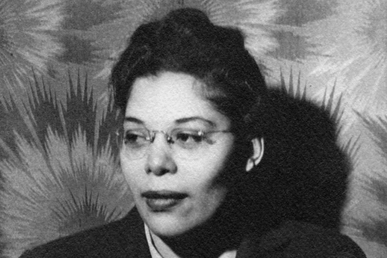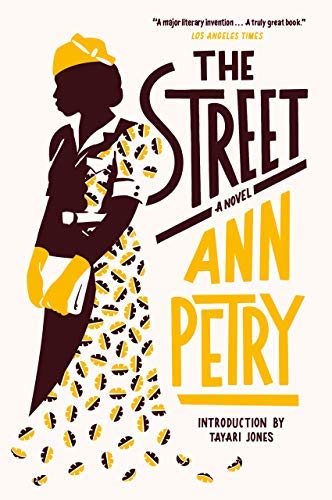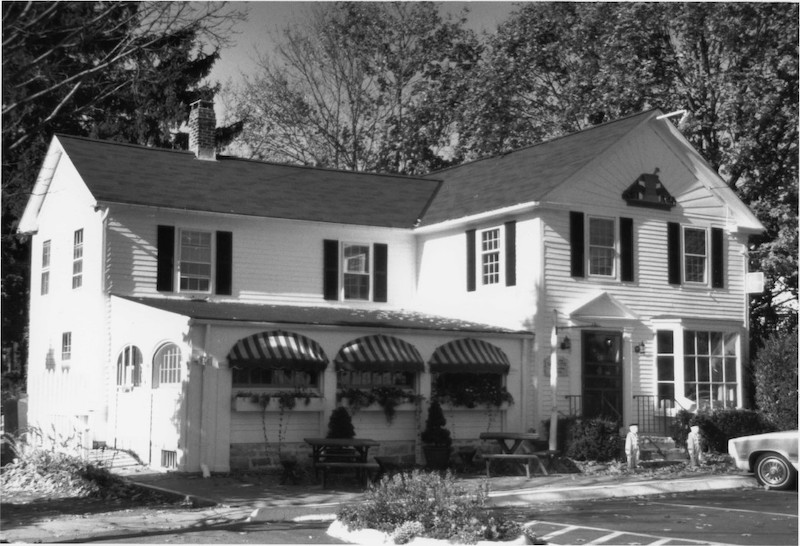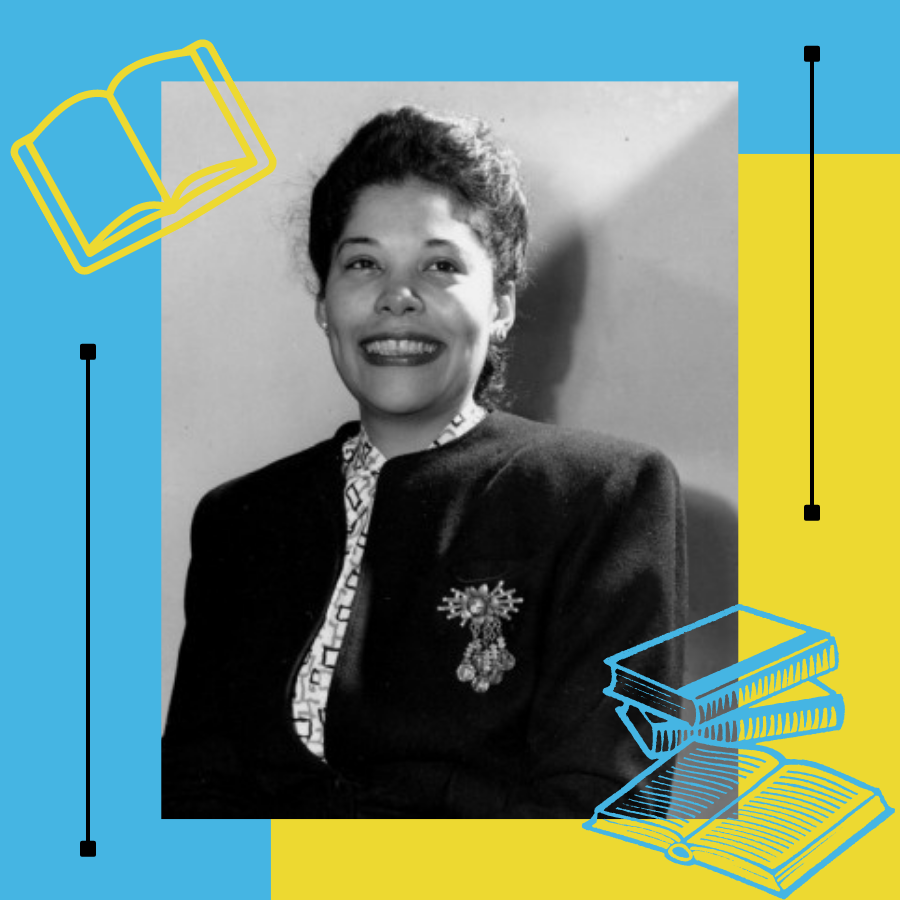“Reclaiming the Canon” is a series of posts that aims to bring attention to historical women who are often excluded from the narrative of their field — whether in literature, music, science, or other areas. Each post features a woman whose name we feel everyone should know. Readers are strongly encouraged to explore further resources, spend quality time with primary sources when possible, and self-educate — because re-claiming the canon starts with you!
Who Was Ann Petry?
Ann Petry was a writer from Old Saybrook, Connecticut, who lived from 1908-1997. She trained and worked as a pharmacist in the family business, but she moved to New York when she married. While she’d always left time for writing alongside her pharmacy career, when she moved to New York, she studied creative writing at Columbia University. While living in Harlem, she ended up grappling with racism on a larger scale than she had while living in Connecticut. These experiences led to her writing The Street (1946), which became the first novel by a Black woman to sell over one million copies.
Petry had a full career as a writer of novels, short stories, children’s books, journalism, and even a screenplay. However, she wanted to have a quiet life out of the spotlight. And none of her writing ever became as popular as The Street anyway. Coretta Scott King praised it: “To this day, few works of fiction have so clearly illuminated the devastating impact of racial injustice.”

Her Life
Ann Petry was born Anna Lane in 1908 in Old Saybrook, Connecticut. She and her family members were among the only 15 Black residents of the small town. Her father was a pharmacist and her mother was a shop owner. Petry’s aunt, Anna Louise James, was the first woman pharmacist in Connecticut. Petry knew she wanted to be a writer and was further encouraged by a high school English teacher.
Though Petry went into the family pharmacy business, she also wrote short stories on the side. After her marriage and move to Harlem in 1938, she worked as a journalist for Black newspapers (including the Amsterdam News and The People’s Voice) and published her short stories in various outlets. She also studied at Columbia University and worked at an after-school program with kids in Harlem.
In 1946, Petry received a Houghton Mifflin Literary Fellowship to complete her first novel. This became The Street, a novel that was influenced by her experiences in Harlem. The Street is about a single mom raising her son in 1940s Harlem who struggles to rise up into the middle class. Sales exceeded one million copies and the book was critically acclaimed for its portrayal of Black, female working-class life.
Petry did not like the fame brought to her by her novel’s success and in 1947, she returned to Old Saybrook. She wrote more books and stories, appeared in productions as a member of the American Negro Theater, and lectured at a variety of universities. She was also a Visiting Professor of English at the University of Hawaii.

Her Contribution
Petry’s middle-grade biography about Harriet Tubman was also successful, named an ALA Notable Book and a New York Times Outstanding Book. During Ann Petry’s lifetime, The Street was often discussed along with books by James Baldwin, Richard Wright, and Alice Walker. As Tayari Jones wrote in 2018: “I just can’t figure out why this work is not more widely read and celebrated. After such a stunning reception in the 1940s, why hasn’t this novel become a college staple?”
Houghton Mifflin republished The Street in 1992. In 1994, Petry was inducted into the Connecticut Women’s Hall of Fame, and her family’s pharmacy (where she was born) was listed on the National Register of Historic Places.

In Her Words
To entice you to check out The Street for yourself, here is the novel’s opening paragraph:
There was a cold November wind blowing through 116th Street. It rattled the tops of garbage cans, sucked window shades out through the top of opened windows and set them flapping back against the windows; and it drove most of the people off the street in the block between Seventh and Eighth Avenues except for a few hurried pedestrians who bent double in an effort to offer the least possible exposed surface to its violent assault.
-Ann Petry, The Street
Further Resources
- Ann Petry also wrote Harriet Tubman: Conductor on the Underground Railroad, a middle-grade biography.
- You can read this Library of America interview about Ann Petry and The Street with Farah Jasmine Griffin.
- Watch this video introduction to The Street from PBS LearningMedia.
- Learn more about Ann Petry’s life and family in Connecticut.
- It’s out of print, but there is a biography of the famously reclusive Ann Petry (aptly titled At Home Inside) by her daughter Elisabeth Petry.


